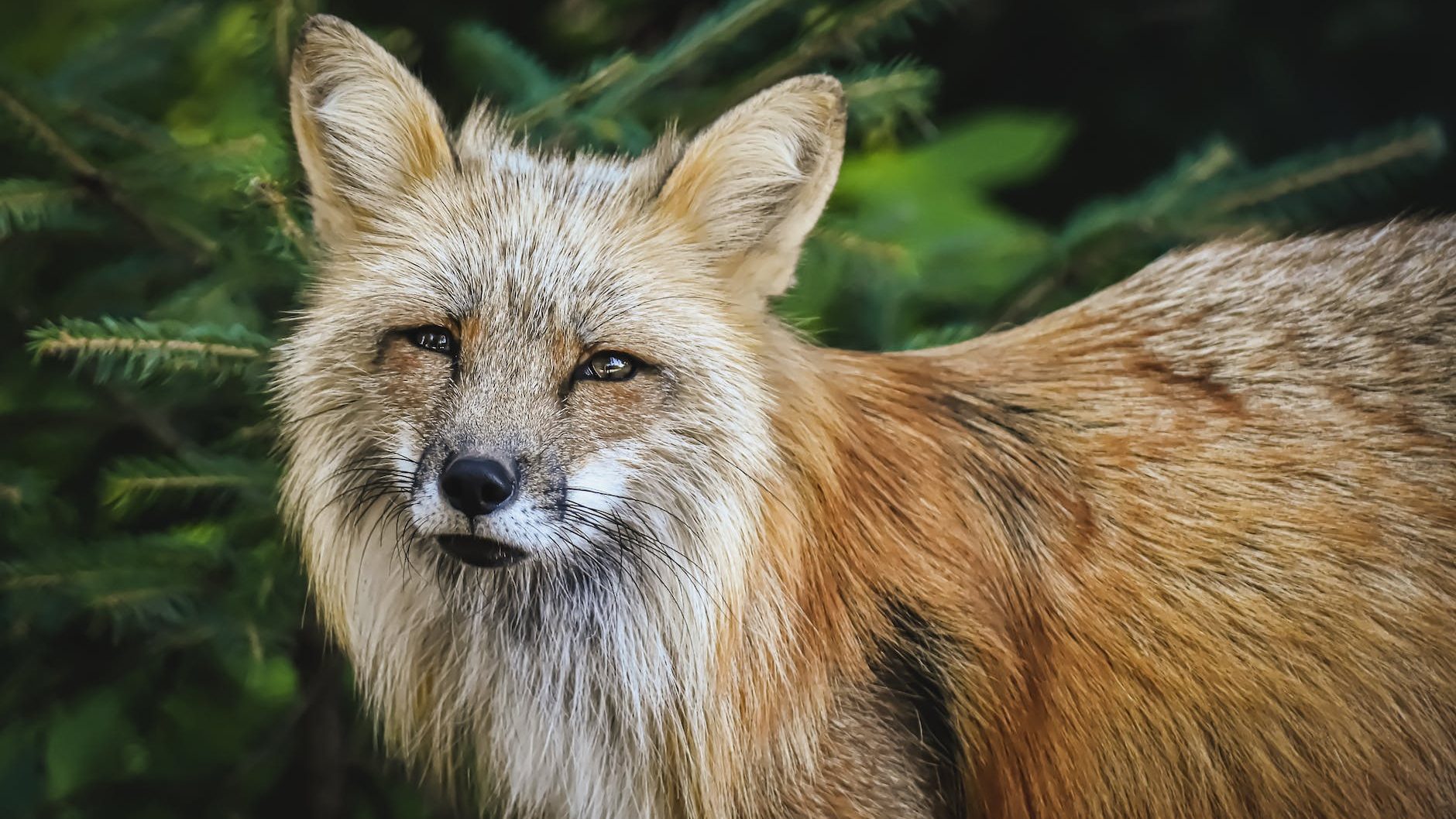
The Unlikely Connection Between Welding and Wildlife Conservation
Have you ever wondered how your welding skills could contribute to saving endangered species? It might seem like a far-fetched idea, but welders play an essential role in wildlife conservation. Welding techniques have been used in many projects aimed at preserving habitats, creating structures, and even restoring damaged ecosystems. In this article, we will explore how welders can use their expertise to make a real difference in the world.
Welding Projects that Make an Impact on Wildlife
One of the most significant ways welders contribute to wildlife conservation is by creating and repairing structures that protect and preserve habitats. For instance, welding in construction projects, such as building fences or installing anti-poaching devices, helps ensure the safety of endangered species. Additionally, welding is used to create artificial reefs and other underwater structures that promote marine biodiversity.
Restoring damaged ecosystems is another area where welders can make a difference. After natural disasters or human interference, welders can repair or replace essential infrastructure, such as bridges or waterways, to allow wildlife to thrive once again.
Welding Techniques for Wildlife Conservation
There are various welding processes and techniques that welders can employ for wildlife conservation projects. Some common methods include:
- MIG Welding: MIG welding is a versatile process that can be used to join different types of metals, making it suitable for various conservation projects.
- TIG Welding: TIG welding is precise and offers better control, which is essential when working on delicate projects such as animal enclosures or rehabilitation centers.
- Stick Welding: Stick welding is a cost-effective technique that is particularly useful for outdoor conservation projects as it can withstand harsh weather conditions.
- Flux-Cored Welding: Flux-cored welding is another outdoor-friendly process, providing a solid bond even in windy or wet conditions.
Safety and Environmental Considerations
Welding for wildlife conservation projects requires the same level of safety and environmental considerations as any other welding job. It is essential to wear appropriate safety equipment and follow tips for staying safe while welding. Additionally, welders must consider the impact of their work on the environment, selecting eco-friendly materials and processes whenever possible.
How to Get Involved in Welding for Wildlife
If you are a welder who is passionate about wildlife conservation, there are many ways to get involved. Volunteering with local wildlife organizations, participating in international conservation projects, or partnering with environmental groups can all be great opportunities to use your welding skills for a noble cause.
Conclusion
Welding for wildlife is a unique and rewarding way for welders to apply their skills to make a difference in the world. By creating and repairing structures that protect endangered species and restore damaged ecosystems, welders play a crucial role in wildlife conservation. By understanding the various welding techniques
and safety considerations, welders can make a positive impact on the environment and help save endangered species. So, why not consider using your welding skills for a higher purpose? Get involved in wildlife conservation projects and be a part of the solution!
FAQs
1. Can welding techniques really help save endangered species?
Yes, welding techniques can contribute to the conservation of endangered species by creating structures that protect habitats, restoring damaged ecosystems, and participating in various wildlife conservation projects.
2. What welding processes are most suitable for wildlife conservation projects?
MIG welding, TIG welding, stick welding, and flux-cored welding are all suitable processes for wildlife conservation projects, depending on the specific requirements of the project.
3. How can I get involved in welding for wildlife projects?
You can get involved in welding for wildlife projects by volunteering with local wildlife organizations, participating in international conservation projects, or partnering with environmental groups that require welding services.
4. Are there any special safety considerations for welding in wildlife conservation projects?
The same safety considerations that apply to any welding job are relevant for wildlife conservation projects. However, welders must also consider the environmental impact of their work and select eco-friendly materials and processes whenever possible.
5. How does welding contribute to restoring damaged ecosystems?
Welding contributes to restoring damaged ecosystems by repairing or replacing essential infrastructure, such as bridges, waterways, and artificial reefs, allowing wildlife to thrive once again.
